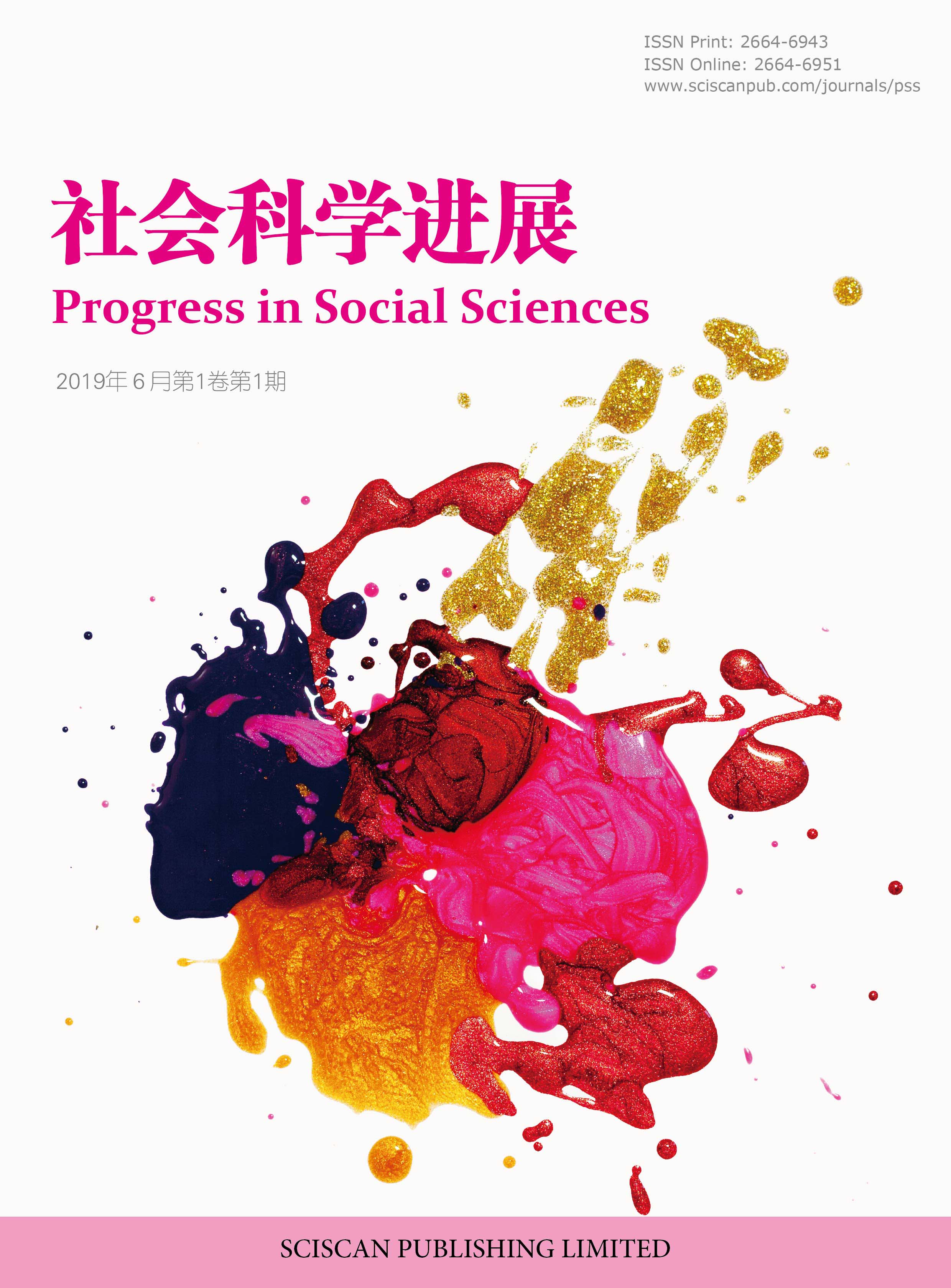Progress in Social Sciences
ISSN Print: 2664-6943
ISSN Online: 2664-6951
Contact Editorial Office
Subscribe to the latest published information from SCISCAN
大航海时代下中日瓷业竞争——广州佛山“广彩瓷”与中国台湾瓷的历史角色定位
Competition between China and Japan’s Porcelain Industry in the Era of Great Navigation —Historical Role Positioning of Guangzhou Foshan “Guangcai Porcelain” and China Taiwan Porcelain
- Authors: 蔡政忠¹ 张鸣珊¹ 刘杨洋¹ 侯志君² Tsai Cheng-Chung³
-
Information:
1.韶关学院教育科学学院,韶关; 2.玉林师范学院政法学院,玉林; 3.Krirk University,Bangkok Thailand
- Keywords: 佛山;广彩瓷;庭呱画室;日本瓷;中国台湾瓷
- Foshan; Guangcai porcelain; Tinggua gallery; Japan porcelain; China Taiwan porcelain
- Abstract: 本文聚焦大航海时代下,随着中国政权更替发生明清海禁、反清复明、八国联军等重大事件,将中国引以为豪的瓷器事业直接或间接影响到全球销售市场版图,“中国兴则日本弱,中国衰则日本兴”一直是国际瓷器市场的历史宿命。另外,本文还论证晚清时期广州佛山“广彩瓷”并非来自江西景德镇烧坯运往广州画彩,而是直接在广州、佛山本地生产,直接从珠江集运外销。在海上丝绸之路的瓷器探查过程,令人意外地发现中国台湾早在17世纪即对日本输出数十万件精品瓷器,这与中国台湾瓷业史最早纪录还更加久远,中国台湾制瓷市场是否曾经受到日本扶植?抑或沦为政治边缘地带或贸易不受管辖的化外之地,“中国台湾瓷”是否参与日本瓷器外销市场的买办或充当原始制造商的身份,甚至于协助日本瓷商“贴牌”出口国际?
- This article focuses on the era of great navigation. With the changeof Chinese political power, major events such as the Ming and Qing dynastysea ban, anti Qing and restoration of the Ming dynasty, and the Eight NationAlliance have directly or indirectly affected the global sales market of China’s proud porcelain industry. “If China prospers, Japan will be weak, and ifChina declines, Japan will prosper” has always been the historical fate of theinternational porcelain market. In addition, this paper also demonstrates thatthe “Guangcai Porcelain” in Foshan, Guangzhou, in the late Qing Dynasty didnot come from Jingdezhen, Jiangxi Province, and was shipped to Guangzhoufor painting, but was directly produced in Guangzhou and Foshan, and shippeddirectly from the the Pearl River for export. During the exploration of porcelainon the Maritime Silk Road, it was unexpectedly discovered that Taiwan of Chinahad exported hundreds of thousands of high-quality porcelain pieces to Japan asearly as the 17th century. This is even further from the earliest record in Taiwan’sporcelain industry history. Has the China Taiwan porcelain market ever beensupported by Japan? Or has “Taiwan Porcelain” become a political fringe or anunincorporated place for trade, participating as a comprador or acting as anoriginal manufacturer in the Japanese porcelain export market, or even assistingJapanese porcelain merchants in “OEM” exporting internationally?
- DOI: https://doi.org/10.35534/pss.0505034
- Cite: 蔡政忠,刘杨洋,侯志君,等.大航海时代下中日瓷业竞争——广州佛山“广彩瓷”与中国台湾瓷的历史角色定位[J].社会科学进展,2023,5(5):363-388.














